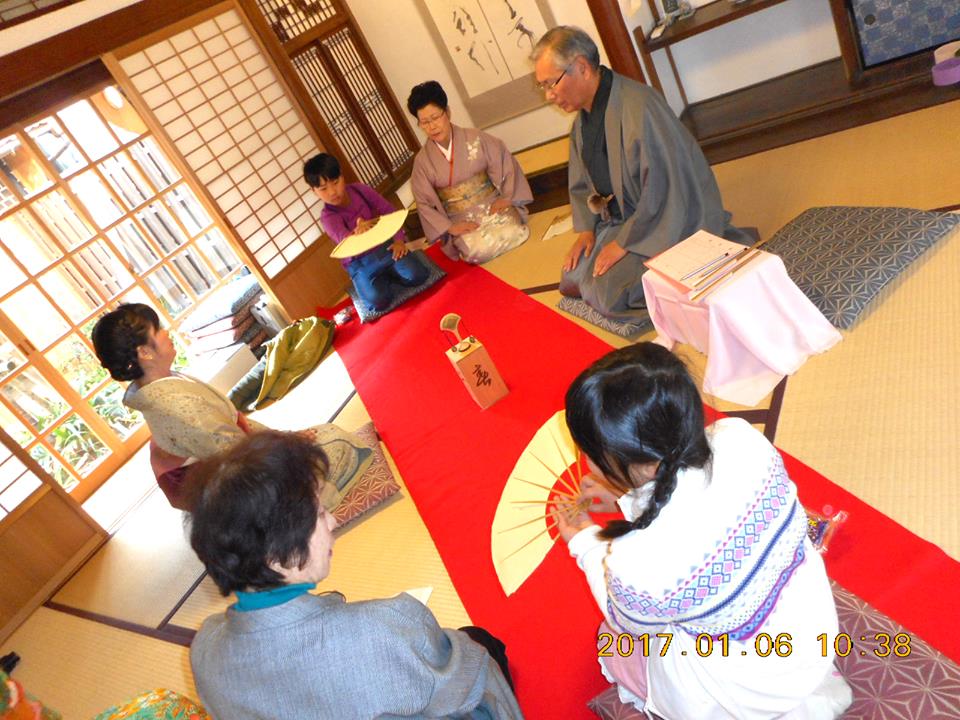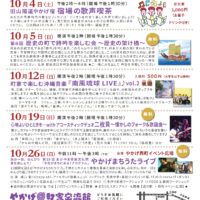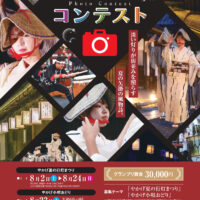日本の伝統的な遊び 投扇興 体験!
Let’s try Japanese traditional game ‘TOUSENKYO’ for free!!!
2019年1月4日(金)FRI 10:00-15:00
やかげ町家交流館 1階和室 無料
@Yakage Machiya Kouryukan
投扇興(とうせんきょう)’ Fan tossing game ‘
江戸時代の中頃に考案された、日本の伝統的対戦型ゲーム。開いた扇を “蝶” という的に向かって投げ、落ちた蝶と扇の形で点数が決まる優雅な遊び。源氏物語や百人一首になぞられた点式にそって採点し、その得点を競う。
初めての方でもすぐに短時間で楽しめます。
◎Beginners can also enjoy easily in a short time!
(予約不要) no appointment necessary
◎お子様には参加賞あり(先着順)
協力 投扇興を楽しむ会
(やかげ町家交流館は新年1月3日(木)より営業致します)
****************************************
Let’s try Japanese traditional game
‘TOSENKYO (Fan tossing game )’ for free !!!
Friday, Jan 4, 2019 10:00-15:00
@Yakage Machiya Kouryukan
( Yakage 2639, Yakage-town, Okayama Pref.)
◎Beginners can also enjoy easily in a short time!
◎no appointment necessary
****************************************
THE HISTORY OF TOSENKYO
-A Beautiful and Elegant Game-
Tosenkyo ‘ Fan tossing game ‘ is a beautiful indoor game that was created nearly 250 years ago, in the middle of the Edo period, in Kyoto and Osaka, which are located in the Kansai region. Just as the meanings of the Chinese characters used to write the name suggest, the game is “played by throwing a folding fan.”
According to legend, there was a gentleman in Kyoto long ago named Toraku Sanjin who, upon waking from a nap, found a butterfly perched on a nearby pillow. He picked up a folding fan that was next to him, and threw it causing the butterfly to flutter away. The fan landed softly on top of the pillow, and he thought, “Well, that was fun!” It reminded him of the game pitch-pot, and this led him to designing a uniquely Japanese version of the game.
Tosenkyo was originally an elegant game enjoyed in Kyoto and Osaka in the middle of the Edo period, but the game soon made its way to Edo where it spread among the common people as well, and in the An’ei period (1772-81), it developed into a very popular form of public entertainment.
The fun of tosenkyo is that the results of the game are not immediately known. Throws are scored based on how the fan and the target (butterfly) land or touch. There are 24 different ways to score, and these patterns have been given names such as “Fuji,” “Kumokakure,” etc. which come from a collection of ancient Japanese poems called “Hyakunin Isshu” (100 poems from 100 poets). Each scoring pattern is connected to a poem from a famous poet, which is then read aloud.












